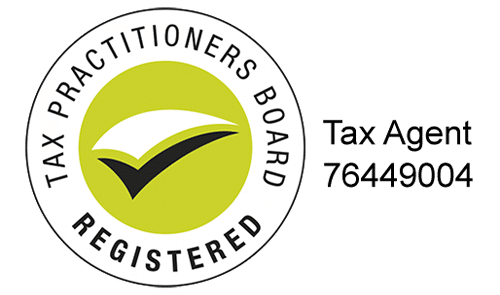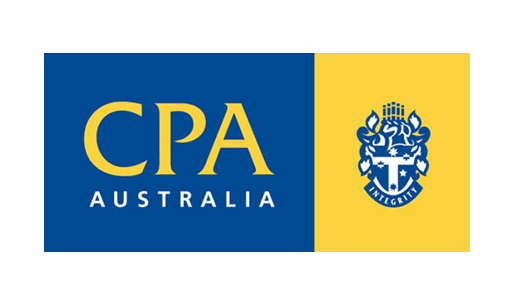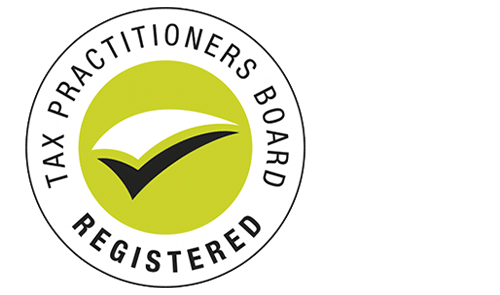I’ve found in recent years there’s a bit to learn tuning into talk back radio. My switch from the FM to the AM started off as just wanting to catch some footy news and avoid the repeated songs that are played to death on mainstream radio, but now I find myself engaged in talks on wider issues in the community and the thoughts of callers who usually have a lot more life experience than what I do.
A hot topic for some time has been house prices and how the government should go about tackling the issue of affordability for first home buyers in Australia. On one side of the country, house prices keep rocketing further and further out of reach for young Australians. While on the other side, over here in the west, the market sits dormant, as it has been for a while now with a great deal of uncertainty lingering. Some callers have the opinion that the younger generation simply needs to pull up their sleeves, suck it up and get to work like they previously did, some think there needs to 
On the 9th May Treasurer Scott Morrison handed down the federal budget and within that the government addressed this issue by announcing the new first home super saver scheme. The scheme sets out that people who are saving for a deposit on their first home can now make concessional contributions into their superannuation fund up to a limit of $15,000 per year from 1 July 2017 with a $30,000 limit in the total contributions to the savings scheme.
So what are the benefits for you?
These basically come in the form of tax savings:
- Contributions made are taxed in your superannuation fund at 15%, rather than your marginal tax rate assessed in your individual tax return. So if the maximum of $15,000 was put into your superfund in the first year, $12,750 would be left remaining for withdrawal.
- Super contributions can be made via salary sacrifice arrangements with your employer, meaning your Income for tax purposes will be reduced by the amount you have contributed under the scheme, meaning less tax paid when lodging your individual income tax return.
- If your employer does not offer salary sacrifice or you are self-employed, these contributions can still be made and you will be entitled to a tax deduction in your annual income tax return equal to the contributions made under the scheme.
- Money contributed under the scheme will still earn a return (like interest in a savings account) in your superfund and will be released along with the contributions you have made. Returns are calculated on the 90 day benchmark interest rate plus three percentage points.
- When your deposit is withdrawn from your superfund this is taxed at your marginal rate including the Medicare levy less a 30% tax offset.
The government has provided a tax savings estimator based on your circumstances which you can use to estimate what you would save after engaging in the scheme http://www.budget.gov.au/estimator/.
While the new scheme does include the benefits listed above it also begs the question if enough aspiring first home buyers will be sold on it. Talking to young 
Rick Filocamo
Accountant – OPTIMA PARTNERS –







